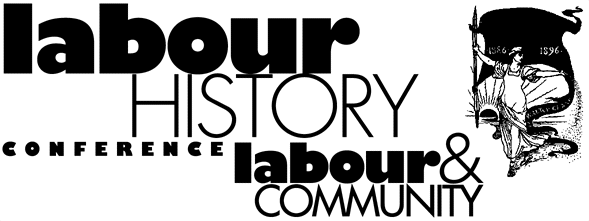Start Date
2-10-1999 11:30 AM
End Date
2-10-1999 12:00 PM
Description
This paper has three aims. The first is to examine the experiences and the spatial distribution of migrants from the Apennine mountain communities of northern Tuscany (Italy) to Western Australia during the inter-war period, in order to ascertain their expectations and objectives, and, consequently, to see whether they tended either to cluster in a specific number of areas or not. The second objective is to determine whether such migrants followed work patterns related to their original skills or whether they adjusted to the job market in Western Australia regardless of their skills. Thirdly, the paper investigates the place of Tuscan migrants within the host community and their relationship with the Anglo-Australian milieu, in particular with regard to the Western Australian mining areas of the 1930s. The aim is to verify whether forms of racism towards Tuscan and Italian migrants were engendered by their particular work patterns.
From the Apennine to the Bush: 'temporary' migrants from Tuscan communities to Western Australia, 1921-1939
This paper has three aims. The first is to examine the experiences and the spatial distribution of migrants from the Apennine mountain communities of northern Tuscany (Italy) to Western Australia during the inter-war period, in order to ascertain their expectations and objectives, and, consequently, to see whether they tended either to cluster in a specific number of areas or not. The second objective is to determine whether such migrants followed work patterns related to their original skills or whether they adjusted to the job market in Western Australia regardless of their skills. Thirdly, the paper investigates the place of Tuscan migrants within the host community and their relationship with the Anglo-Australian milieu, in particular with regard to the Western Australian mining areas of the 1930s. The aim is to verify whether forms of racism towards Tuscan and Italian migrants were engendered by their particular work patterns.


